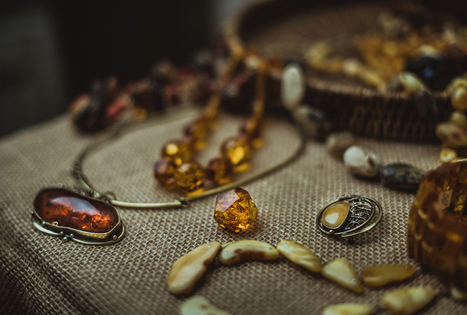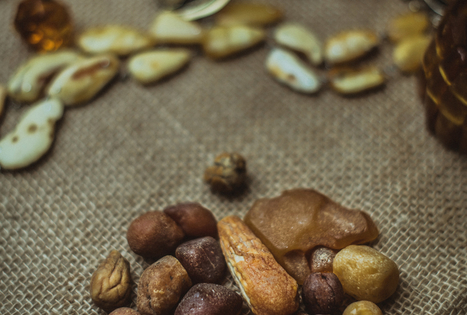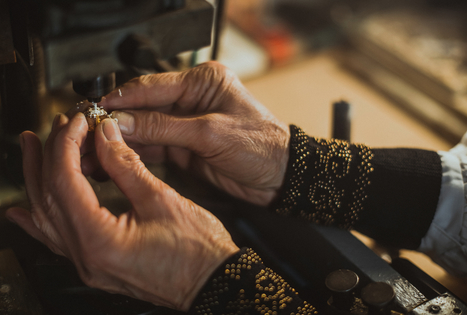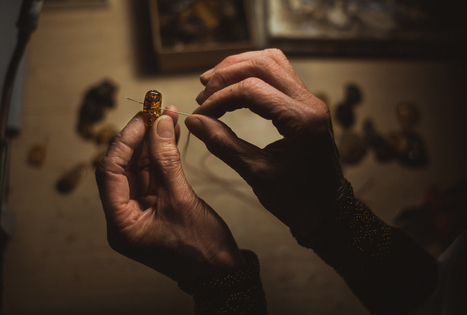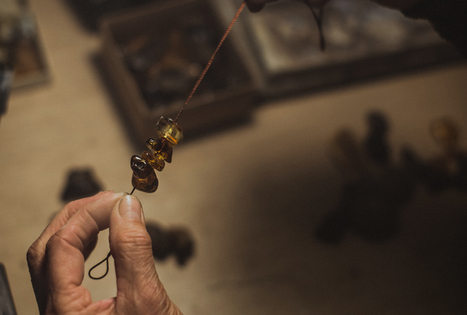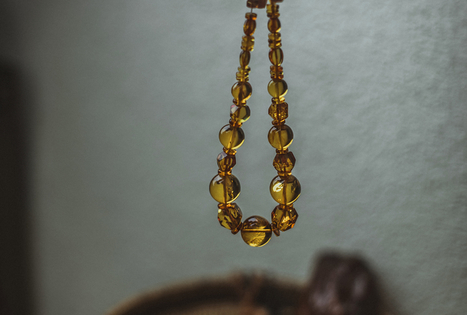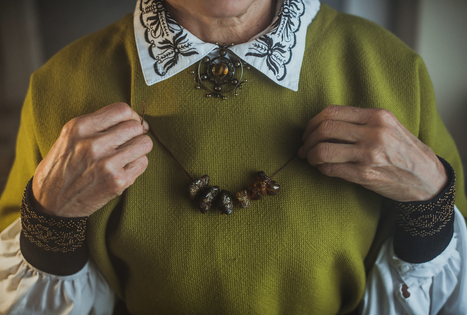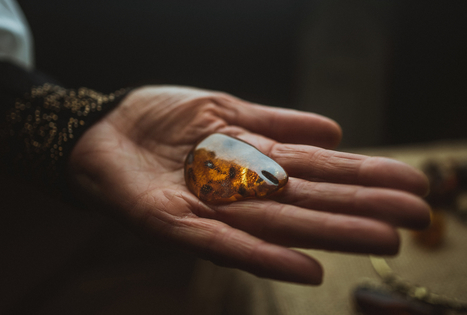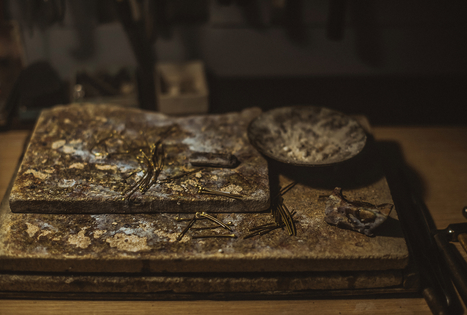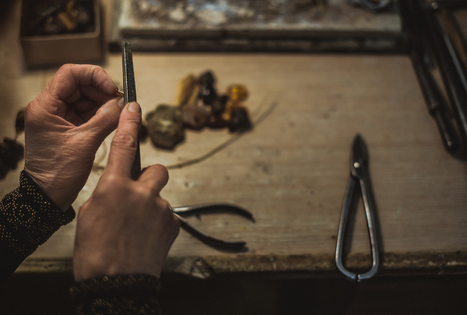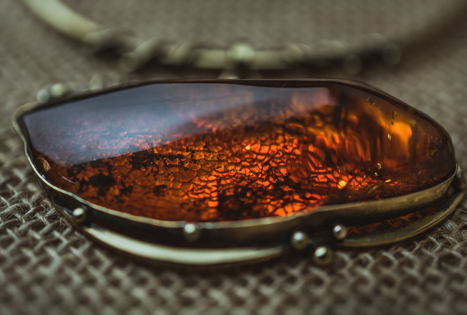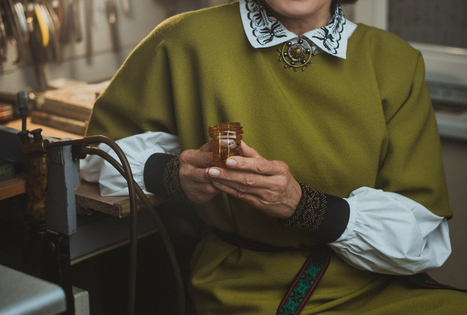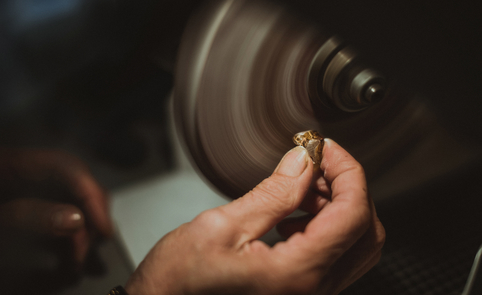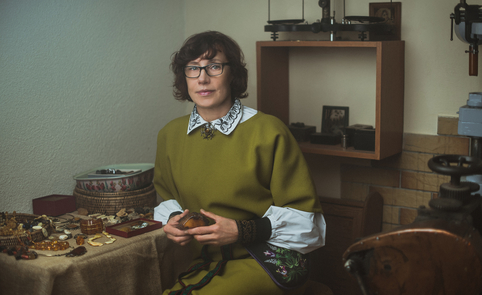All kinds of jewellery are an integral part of attire, and the desire to dress up is as old as the hills. Men and women have always wanted to stand out, captivate, draw attention to themselves, or demonstrate their position.
More than decorative meaning
Jewellery has always had decorative, social and symbolic meaning. Splendid rings, necklaces, brooches and other hand-made items are made of precious and non-ferrous metals and alloys and precious and semi-precious stones. Ivory, pearls, amber and other natural materials are also widely used in jewellery design.
In days of old, jewellery adorned with gemstones was extremely expensive, so wearing it was a way for people to show that they belonged to the upper class. The situation in society has changed over time, making jewellery available to anyone, regardless of their lineage.
Jewellery has always had a magical meaning as well. Various ornaments and amulets supposedly gave people magic powers, protecting them from the evil eye. To this day, nothing has changed. Even now, jewellers link their wares to magic, telling people about the meanings and powers of precious stones and helping them design personalised amulets.
The oldest pieces of jewellery were made of brass and amber
The earliest pieces of jewellery found in Lithuania are amber pendants from the Neolithic period and teeth of prey. Around 2000 BC, there were both imported metal ornaments and pieces made locally from bronze and brass. During the 1st century BC, spiral temple rings, stick pins, pendants and bracelets became widespread. Since the beginning of our era, a variety of women’s jewellery has been designed: temple rings, headbands, headdresses, different kinds of bracelets, beads, penannular brooches, stick pins, rings. Men would wear torcs, brooches, massive bracelets and rings.
Pieces of polished, carved and ornamented amber were used to make pendants, and tubular or round pieces were used to make beads. Today’s jewellers, in keeping with tradition and selecting the colour and quality of amber accurately, make amber necklaces that are still an important part of the national costume. In jewellery design, amber is often combined with glass, enamel, brass and silver.
Brass began to be used in jewellery design even before our era, and is still used to this day. Brass jewellery was cast and forged. The first pieces of brass jewellery of local origin are considered to be stick pins with spiral tops. They were mostly hemmed on the ends of women's aprons.
Silver and gold were also used for making jewellery in Lithuania, but they were not as popular due to the exorbitant price. The first pieces of silver jewellery were brought from the Roman Empire; it was only in the 3rd century that silver began being used in Lithuania. And in the 8th-9th centuries, jewellery began being silvered and silver plated. In the 15th century, the goldsmith’s workshop in Vilnius was making not only jewellery, but also liturgical vessels and trim for books, paintings and furniture.
Jewellery decoration was dominated by geometric ornaments (dots, crosses, boxes, herringbone, eyes, swastikas, spirals and triangles, which symbolised the sun or the moon).
Requires developed skills and creativity
Various craft techniques are used to create jewellery, including forging, casting and carving. Today, there are more than 20 certified artisans working with jewellery design in Lithuania. This craft is unique and not everyone can do it. Being a jeweller requires hard work, creativity, perseverance and a great deal of patience for the handmade jewellery to be original and distinctive.

